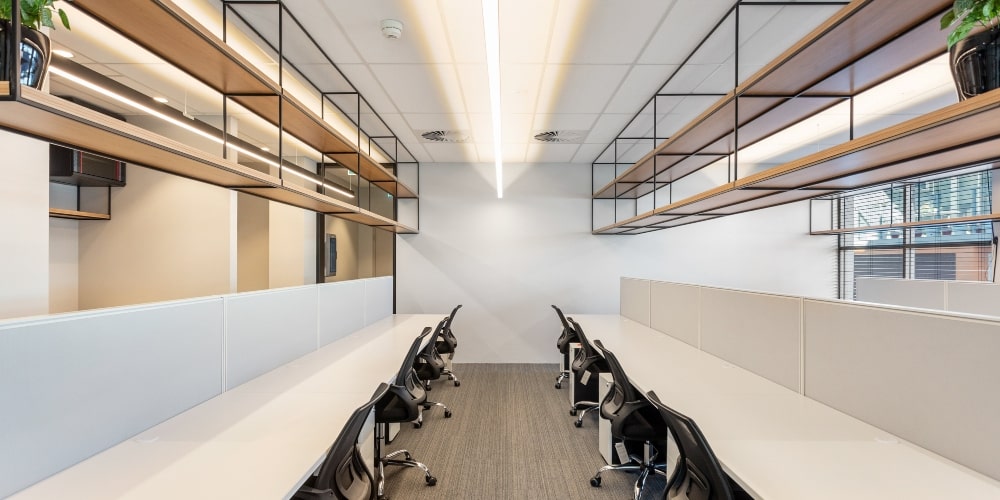Why you should consider energy-efficient lighting

Environmental consciousness plays a significant role in today's world, and rightly so. People have accepted the need to reduce the negative impact on earth before it's too late and taken some steps to reverse the damage caused to the environment. One of those steps involves using energy efficient lighting in residential properties and commercial establishments. For example, the introduction of LED bulbs in 1962 and their popularity in the mid-2000s has proved to be immensely beneficial because they are easily recyclable and do not contain mercury. If you have not yet switched to energy-efficient ways of lighting, you might consider doing so. Here are some details to help you out with that.
What is energy efficient lighting?
When you use less energy to light your home or office, it is called energy-efficient lighting. Even though the amount of light used by you remains the same, it is more effective, both in terms of brightness and lower electricity bills. It is believed that lighting is responsible for between 15% and 20% of a household's energy use. Using an efficient light source such as an LED bulb will brighten your house efficiently while decreasing the energy costs per year. The term could also extend to using timers, dimmers and other controls that lead to lower light levels. If outdoor lighting remains on most of the time, it's a good idea to use LEDs or CFLs in them. Since they are available as floodlights, capable of withstanding adverse weather conditions such as rain or snow, they are ideal for exposed fixtures.
Why is LED so special?
Perhaps no other lighting is as energy efficient as the LED or even as popular. A light-emitting diode is a semiconductor device that generates light when current flows through it. Usually, it is white, but green, red and blue bulbs are also available. One of their vital advantages is their significantly less energy usage, as a single bulb uses 90% less energy and lasts 25 times longer than incandescent bulbs. Besides being used in various ways for lighting, including bulbs, they are also used in handheld devices such as flashlights or strobe lights, automotive lighting on cars, motorcycles and other vehicles, and light source for projectors and televisions. They are also available as replacements for incandescents of 40W, 60W, 75W and 100W.
Advantages of energy efficient lighting
There are numerous benefits of using energy efficient lighting options, the best one of which is LEDs, and here are some of them.
They have a long lifespan
Unlike a traditional incandescent bulb, an LED will last for a significant time before it requires replacement. A non-LED bulb will not last more than a thousand hours under any circumstances. On the other hand, a light-emitting diode enjoys a lifespan of about 50,000 hours, and it might last for 1,00,000 hours, depending on the frequency of its use. That is a substantial difference in terms of longevity.
They make the optimum use of energy
A conventional bulb is far behind when it comes to energy efficiency. In contrast, an LED converts between 80% to 90% of the electrical energy into light, which can be measured using lumens (referred to the amount of light emitted for each unit of power utilized by a bulb). The 20% of lost energy is converted into heat or other forms of energy. Interestingly, LED technology produces between 70 and 100 lumens per watt, compared to 14 lumens per watt for a regular bulb. Since there is optimum use of energy, you can expect a significant increase in the brightness settings in your house or wherever you might be using them.
Operable in various weather conditions
If you have lived in places with cold weather conditions, you know the difficulties of operating an incandescent bulb, which utilizes energy and heats a tungsten filament till it glows. If it's cool, it can take a long time to heat, and even after they are heated, they might not produce efficient light. A LED light will deliver a better performance in cold weather because they don't require heat to turn on, even when the temperature outside is freezing. That is why they are a preferred choice in meat lockers, freezers and cold storage spaces.
Environmentally friendly
LED bulbs don't have toxic chemicals such as mercury that harm the environment and are 100% recyclable. Unlike fluorescent lamps, they also maintain a lower temperature and don't emit ultraviolet or UV radiation. Because they produce minimal heat, medical experts feel they could solve seasonal affective disorder or SAD.
Using energy efficient lighting will provide your home with the best brightness, lower your electricity bills and avoid the hassle of changing bulbs frequently. You will also be making a positive change in the environment using LEDs.





